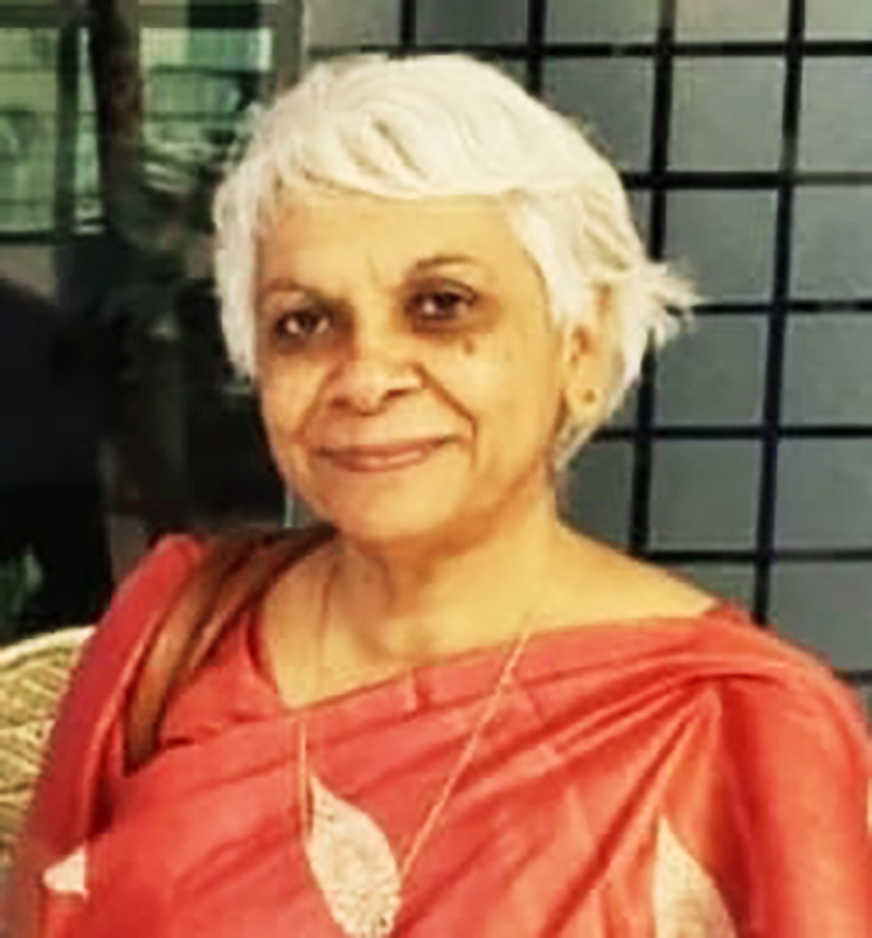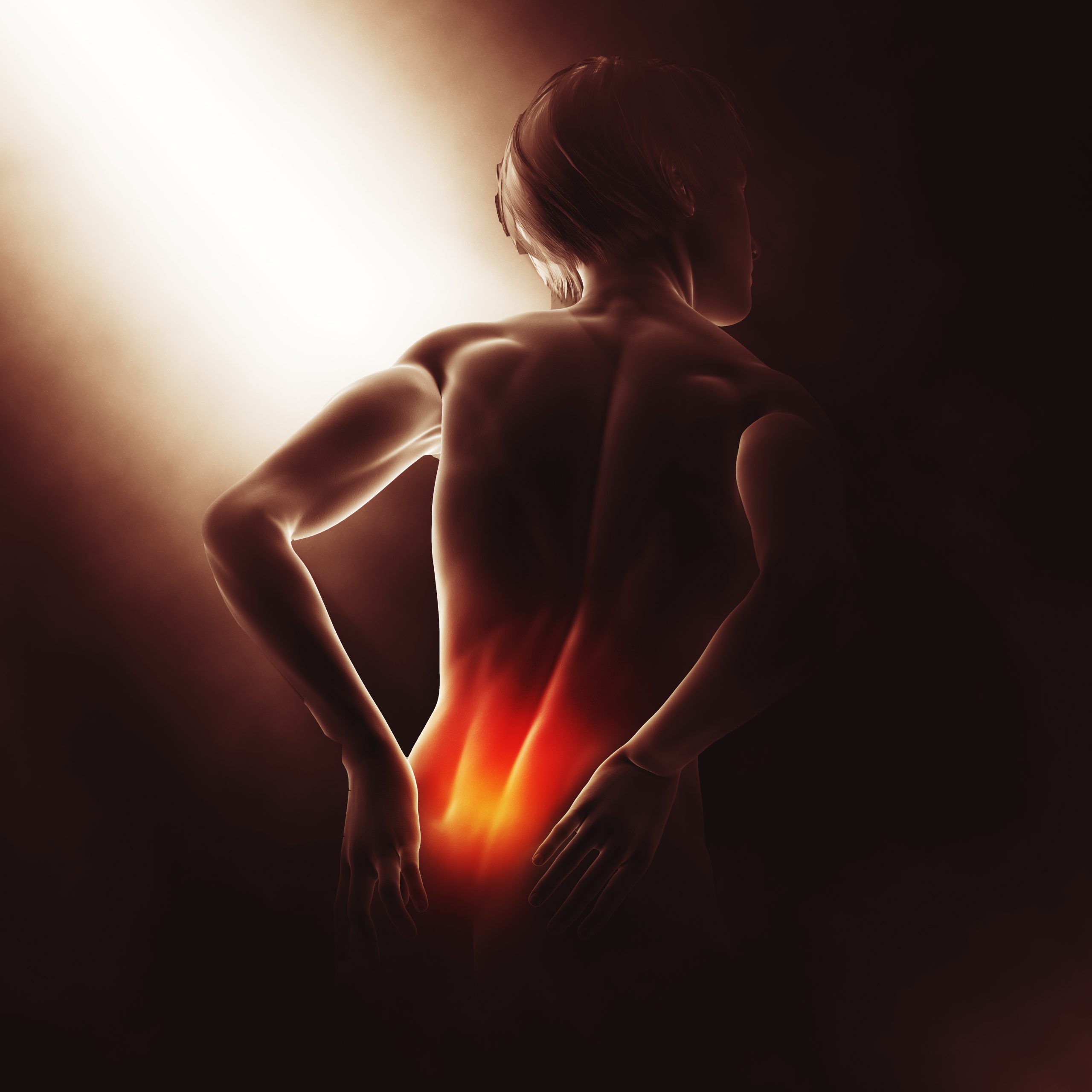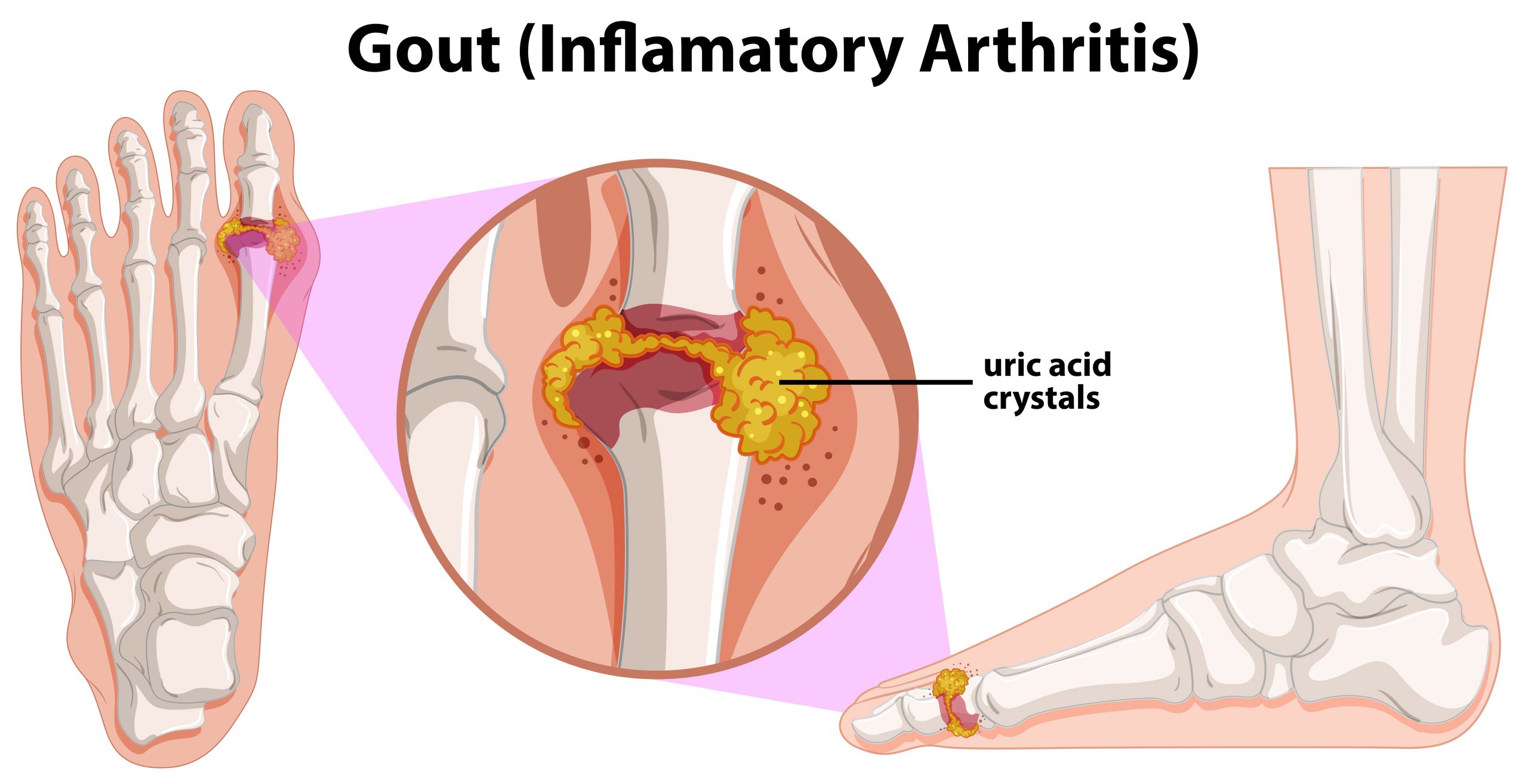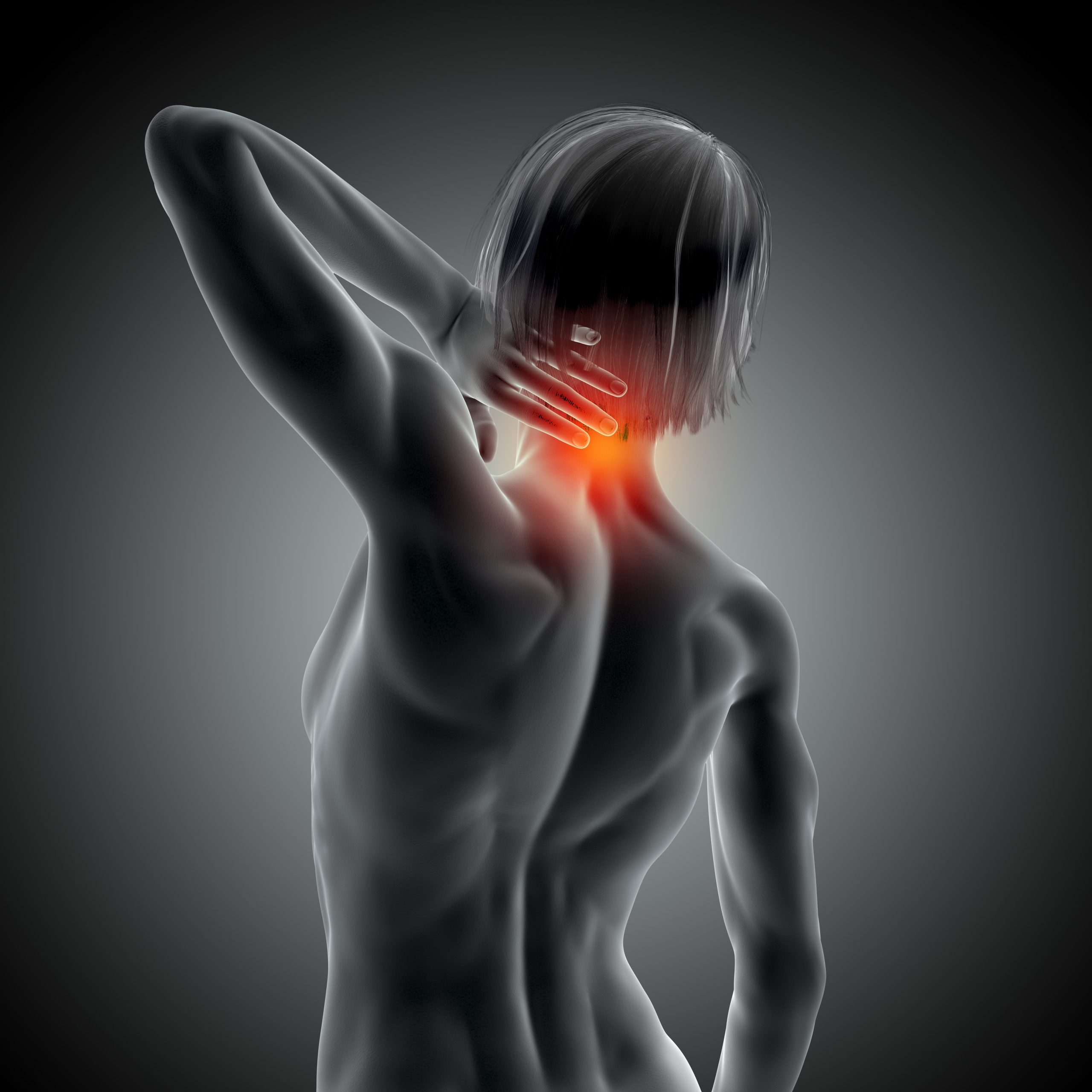Alleviating Suffering
The interconnected nature of physical discomfort and psychological distress necessitates comprehensive interventions, grounded in the biopsychosocial model, to manage chronic pain.
By Dr Vandana V Prakash/ Dr Mary Abraham


Pain is an experience that all living beings encounter during their lifespan. It is an exceedingly unpleasant and disagreeable condition to be in and we cannot help wishing it away. Certain types of pain like acute pain, however, are essential for our very survival. While acute pain usually occurs due to an injury and tends to get alleviated faster, chronic pain can cause a lot of agony, physical disability and a plethora of psychological issues.
What is Chronic Pain?
When pain has lasted for more than three months, it is termed as chronic. Chronic pain does not play a protective role as seen in acute pain, but persists beyond the expected time of healing and the underlying causes are insufficient in explaining its presence and intensity. Chronic pain also tends to disrupt biological functions like the sleep cycle and gradually affects the day-to-day functionality (personal, social and occupational) of the person. Subsequently, the quality of life is reduced leading to negativity in thoughts and emotions. Chronic pain can eventually result in disability.

Chronic pain and mind are actually two sides of the same coin. Many a time, the patient is not even aware that the mind can be the dominant factor in perpetuating their pain and suffering.
Chronic pain syndrome
In Chronic Pain Syndrome, the pain has lasted for more than six months. The pain now is not predominantly physical but more related to mind and mood. In other words, the psychological aspects supersede the physical pain. The presence of psychological disorders such as depression, chronic depression (dysthymia), anxiety disorders, poor sleep, chronic fatigue, increased irritability, guilt feelings, loss of sexual drive, suppressed and expressed anger, substance abuse and sometimes dependence, family and marital dysfunctionality, role reversal and occupational loss are some of the associated conditions. In extreme cases, suicidal thoughts and attempts are also seen. Hence, what may have begun as a physical injury when not healed, partially healed or cannot be healed has serious psychosocial consequences.


Traditionally, chronic pain was deemed to be a malady of the elderly. But today’s younger generation also seems to be the afflicted with chronic pain and it is not uncommon to see people in the third and fourth decades of life frequenting pain clinics. Chronic pain may be associated with co-existing conditions like arthritis, diabetes, surgery, accidents, neurological disorders, musculoskeletal diseases and cancer. Besides this, viral infections like corona virus, chikungunya and dengue fevers also leave behind a trail of pain that often converts to chronic pain and disability in its wake. Apart from these conditions, other varied causes can lead to chronic pain. These could be age-related changes, sedentary lifestyle and high level of personal or occupational stress. The latter may be exacerbated by poor social and emotional support, long working hours and inadequate sleep, to name a few. Many psychological disorders can also predispose to chronic pain. It could be vice versa too and pain can also cause psychological disturbances.

People afflicted with chronic pain are often not able to reconcile to the fact that besides medical treatment, they need psychological support in order to overcome their distress. In fact, chronic pain and mind are actually two sides of the same coin. Many a time, the patient is not even aware that the mind can be the dominant factor in perpetuating their pain and suffering. The concept of ‘Total Pain’ emphasises the physical, psychological, social and spiritual aspects of pain. Therefore, the treatment approach has to be holistic in consonance with the biopsychosocial model. With a better understanding of chronic pain from a scientific point of view, availability of newer generation medicines, more evolved pain management techniques and suitably tailored psychosocial therapeutic methods, chronic pain is no longer insurmountable. Chronic pain can be managed and the quality of life of the individual can be improved.

In the book, Managing Chronic Pain, we have presented to the reader a holistic approach of chronic pain management based on the biopsychosocial model so that all facets of chronic pain are addressed and there is a good outcome with patient satisfaction.
(The authors are Senior Consultant, Clinical Psychologist)

